Nurturing Resilience and Understanding: Supporting Siblings of Children with Autism
The Overlooked Impact on Siblings
While autism spectrum disorder (ASD) significantly influences the lives of affected children, the siblings of these children also face unique challenges that impact family dynamics and their own emotional well-being. Understanding and addressing their needs is essential to fostering stronger family bonds and promoting healthy development for all members.
Understanding ABA Therapy: The Foundation for Support

What is Applied Behavior Analysis (ABA) therapy?
Applied Behavior Analysis (ABA) therapy is a science-based, personalized approach designed to improve skills and reduce problem behaviors, especially in individuals with autism spectrum disorder (ASD). This therapy uses principles like positive reinforcement to encourage desirable behaviors by rewarding them. Treatment plans are tailored to each individual's needs through detailed assessments conducted by trained professionals such as Board Certified Behavior Analysts (BCBAs). ABA therapy targets communication, social skills, attention, and academic areas, and it can be delivered in settings like home, school, or community.
What are the key principles and methods used in ABA therapy?
ABA therapy relies on foundational principles including reinforcement, data collection, and understanding behavior functions. Key methods encompass discrete trial training, task analysis, and analyzing antecedents, behaviors, and consequences (A-B-Cs) to craft interventions suited to each individual. Behavioral programs emphasize effectiveness and generalization, ensuring learned skills transfer across different environments. Professionals use a data-driven and conceptually systematic approach, focusing on functional skills, communication, socialization, and reducing challenging behaviors.
Who provides ABA therapy services?
ABA services are offered by trained and certified experts such as BCBAs, therapists, and behavioral technicians. These professionals develop individualized treatment plans based on comprehensive assessments. Therapy can be delivered in various settings including homes and schools. Parents are often trained to support skill development and behavior management, ensuring consistency and effectiveness. ABA providers collaborate closely with families and educators to promote communication, social skills, and everyday independence for children with ASD.
How ABA Therapy Benefits Individuals with Autism and Their Siblings
How does ABA therapy help individuals with autism?
ABA (Applied Behavior Analysis) therapy supports individuals with autism by teaching new skills and enhancing communication, social interaction, and daily living through structured, evidence-based methods. It works by increasing positive behaviors such as language use, attention, and social engagement, while decreasing problematic behaviors by identifying their triggers and functions.
The therapy is personalized to each individual's needs and can be delivered in diverse settings under the guidance of trained professionals like Board Certified Behavior Analysts (BCBAs). ABA emphasizes positive reinforcement—using rewards and praise to encourage desired behaviors—and utilizes strategies such as prompting and natural environment teaching. Early, consistent ABA interventions have been shown to yield significant developmental improvements, fostering greater independence and social inclusion over time.
What outcomes can families expect from ABA therapy?
Families can anticipate notable gains in communication, social skills, and adaptive behaviors. Children often improve their ability to express needs, relate to others, and carry out essential daily activities. Early, intensive ABA therapy often enhances language growth, attention spans, memory, and academic abilities.
Additionally, ABA helps reduce challenging behaviors like aggression and self-injury through systematic positive behavior supports. Goals are individualized, measurable, and regularly evaluated, ensuring interventions target the child's strengths and challenges. As a result, ABA is widely recognized as the gold standard for improving developmental outcomes in children with autism, backed by strong scientific evidence.
What are the broader family benefits, including siblings?
ABA therapy extends its benefits beyond the individual by positively impacting family dynamics. Educating siblings about autism within ABA frameworks helps reduce confusion and fosters empathy. Including siblings in therapy sessions encourages teamwork and shared understanding, promoting a supportive family environment.
Consistent application of ABA principles helps families set clear boundaries, routines, and expectations, leading to greater harmony and stability. Behavioral Sibling Training, which trains neurotypical siblings in supportive interaction skills, has been shown to enhance social and play skills in children with autism and increase siblings’ confidence and reduce frustration.
By involving siblings in educational and therapeutic activities, families can strengthen bonds and emotional well-being. Such involvement is tailored to family needs and considers caregiver capacity and cultural factors, optimizing outcomes. Overall, ABA therapy supports not only children with autism but nurtures cohesive, well-functioning families.
The Unique Challenges Faced by Siblings of Autistic Children
What is the emotional impact on siblings of children with autism?
Siblings of children with autism spectrum disorder (ASD) often experience a complex range of emotions. These can include feelings of isolation, confusion, frustration, and sometimes resentment due to the unique family dynamics shaped by autism-related challenges. However, with proper support, siblings frequently develop increased empathy, resilience, and a deeper understanding of their brother or sister’s needs.
Supporting siblings through age-appropriate autism education helps reduce misunderstandings and fosters compassion. Techniques such as encouraging open questions, reading autism-related stories, role-playing social scenarios, and engaging in shared activities promote positive sibling relationships and emotional well-being.
Are siblings at genetic and behavioral risk?
Siblings of children with ASD are at an increased genetic risk for autism themselves. Additionally, due to heritability and family environment dynamics, they may also exhibit behavioral challenges. Recognizing these risks early allows families and professionals to implement monitoring and supportive strategies tailored to each child’s needs.
What complexities arise in multiplex families?
In families where more than one child has ASD — known as multiplex families — managing problem behaviors is more complex. The presence of multiple affected children adds layers of behavioral interactions and increases demands on caregivers. Treatment and assessment strategies must be adapted to address these complexities effectively.
Functional assessments conducted with siblings together can uncover interactions between problem behaviors, providing ecologically valid insights to guide interventions. Treatment goals often focus on reducing problem behaviors, promoting independent play, and increasing tolerance to routine demands while balancing caregiver capacity.
Barriers such as caregiver availability and the presence of other dependents significantly influence treatment planning and execution in multiplex families. Caregiver training might be delivered simultaneously or sequentially based on intervention similarity and caregiver bandwidth. Continuous follow-up ensures sustained treatment benefits amidst these challenges.
The Role of Functional Behavior Assessments in Supporting Multiple Children with ASD
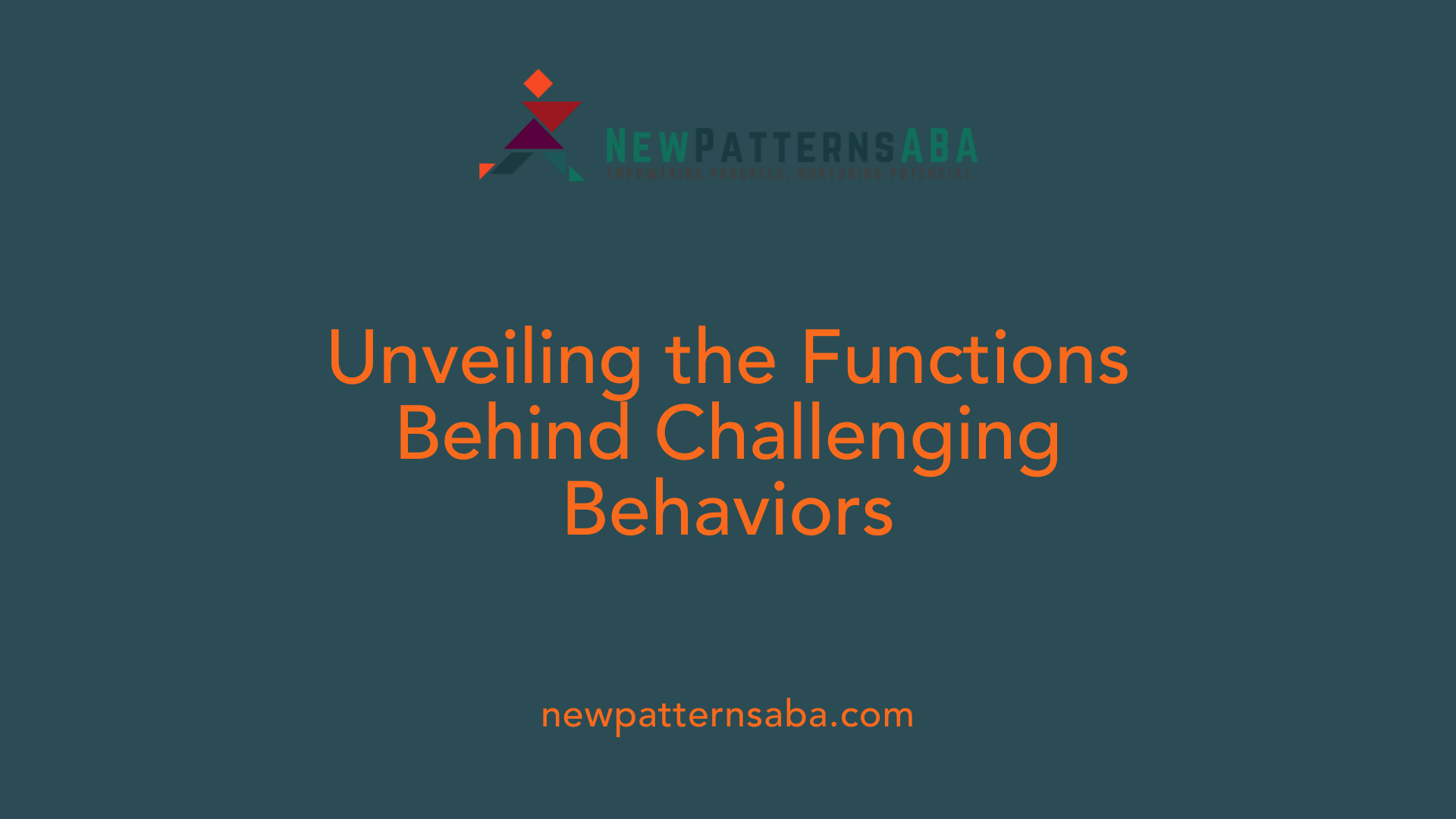
Why Are Functional Assessments Important?
Functional behavior assessments (FBAs) are essential tools for identifying the reasons behind problem behaviors in children with ASD. These behaviors often disrupt family functioning more than the severity of autism itself. Understanding the "why" behind behaviors enables caregivers and clinicians to develop targeted and effective interventions that address the root causes rather than just the symptoms.
What Types of Functional Assessments Are Used?
Several types of functional assessments are commonly employed:
- Experimental Functional Analysis (FA): A detailed approach involving manipulation of antecedents and consequences to identify behavioral functions.
- Brief Functional Analysis: A shorter version designed to quickly gather functional information.
- Trial-Based Functional Analysis: Conducted in natural settings during typical activities to observe behavior functions in context.
These assessments provide critical insights, allowing interventions to be more personalized and function-based.
How Are Assessments Applied in Families With Multiple Affected Children?
In multiplex families where more than one child has ASD, FBAs become more complex but also more crucial. Conducting functional assessments with siblings together can:
- Reveal interactions between their problem behaviors.
- Provide ecologically valid data reflecting real family dynamics.
Managing behaviors across multiple children requires adapting assessment strategies to capture the interplay between siblings, which guides family-tailored treatment planning. This approach supports not only individual behavior change but also promotes harmony within the family system.
Adapting Treatment Strategies for Families with Multiple Children with Autism
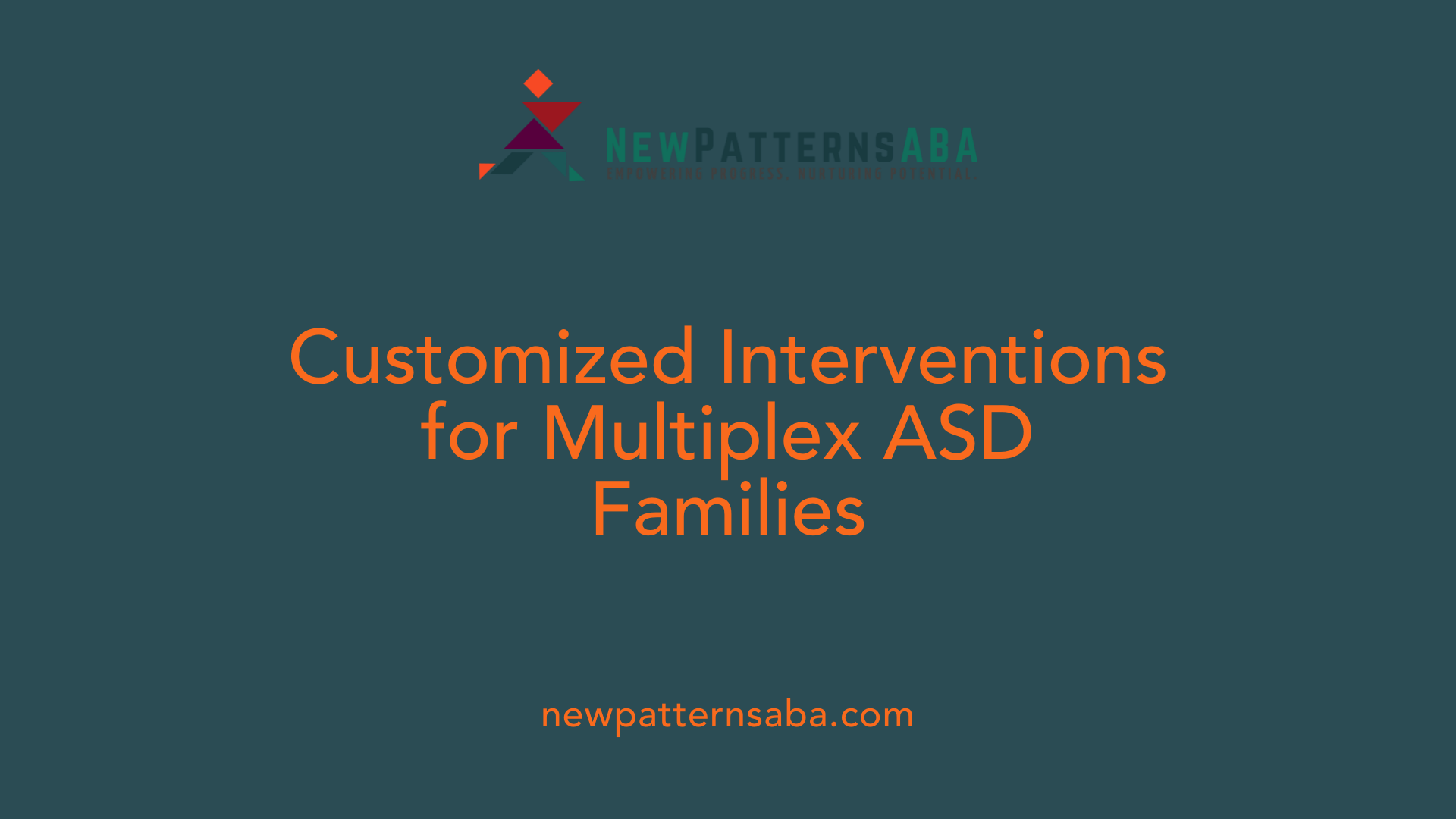
How can we balance simultaneous versus sequential interventions in multiplex families?
In families with more than one child affected by ASD, treatment delivery must carefully consider whether to implement interventions simultaneously or sequentially. Factors influencing this decision include the similarity of treatment protocols, caregiver availability, and the overall complexity of managing multiple behaviors at once. When interventions are similar, simultaneous caregiver training may be feasible and efficient. However, sequential approaches may reduce caregiver overload and promote focused skill acquisition.
What should be the focus when setting treatment goals in families with multiple children?
Setting realistic and functional treatment goals is critical. Rather than striving solely for eliminating all problem behaviors, goals often prioritize decreasing problematic behaviors and increasing skills such as independent play and tolerance for routine demands. This approach respects the practical limitations within multiplex family contexts and emphasizes achievable, meaningful improvements that enhance family functioning.
How do caregiver capacity and barriers affect treatment planning?
Caregiver availability and competing responsibilities, including caring for other dependents, largely influence treatment planning and implementation. Barriers such as limited time, stress, and resource constraints require tailored interventions that are feasible and sustainable within the family’s unique environment. Treatment plans must balance effectiveness with the practical realities caregivers face to support consistent implementation and long-term success.
This balanced, individualized approach helps optimize treatment effectiveness in multiplex ASD families, recognizing the additional complexities they navigate.
Involving Siblings in Therapy: Building Teamwork Through ABA
How Can Sibling Involvement Enhance ABA Therapy?
Including siblings in ABA therapy sessions offers a valuable opportunity to build teamwork within families managing autism spectrum disorder (ASD). Siblings can participate in educational and therapeutic activities that help them better understand autism, leading to reduced confusion and increased empathy.
What Are the Benefits of Shared Understanding in Families?
Shared involvement promotes consistent boundaries and routines, creating stability and harmony in family life. Siblings often develop greater confidence and feel more supported as they witness firsthand how to interact positively with their brother or sister with ASD. This mutual learning strengthens family bonds and improves emotional well-being.
How Does Fostering Collaboration and Empathy Impact Family Dynamics?
ABA therapy encourages open communication and patient interactions, which foster empathy among siblings. Strategies such as joint play sessions and behavioral sibling training increase cooperative skills and social understanding. This collaboration helps neurotypical siblings become active agents of support, improving outcomes for children with ASD and enhancing overall family functioning.
In summary, actively involving siblings through ABA-based interventions nurtures teamwork, empathy, and positive relationships, creating a more cohesive and supportive family environment.
Behavioral Sibling Training: A Key Intervention Approach
What is Behavioral Sibling Training and How is it Implemented?
Behavioral Sibling Training (BST) is an intervention approach that actively involves neurotypical siblings in supporting the development of children with Autism Spectrum Disorder (ASD). It aims to strengthen positive interactions, social skills, and play behaviors. Methods commonly used include didactic teaching, role-playing, in vivo modeling, and video modeling. By equipping siblings with practical skills, BST promotes cooperative play, joint attention, imitation, and self-help strategies within a natural family environment.
What Evidence Supports the Effectiveness of Behavioral Sibling Training?
Scientific studies provide robust support for BST as an effective intervention. Research by Celiberti & Harris (1993) and Ferraioli et al. (2012) found improvements in social-communication and play skills for children with ASD. Furthermore, neurotypical siblings showed increased confidence and reduced frustration. Meta-analyses such as Bene & Lapina (2020) report largely positive outcomes, including skill generalization and maintenance. While initial findings are promising, more research is needed to fully understand the long-term impact.
Which Skills Are Targeted and What Techniques Are Used?
BST programs target a range of skills including cooperative play, social interactions, joint attention, imitation, and self-help abilities. Techniques are diverse and adapted for siblings ranging from preschoolers to adolescents. Role-playing scenarios help siblings practice supportive responses, while video and in vivo modeling demonstrate appropriate interaction strategies. This structured learning fosters mutual support and enhances the quality of sibling relationships, benefiting overall family wellbeing.
Promoting Social-Communication and Play Skills Through Sibling-Mediated Interventions
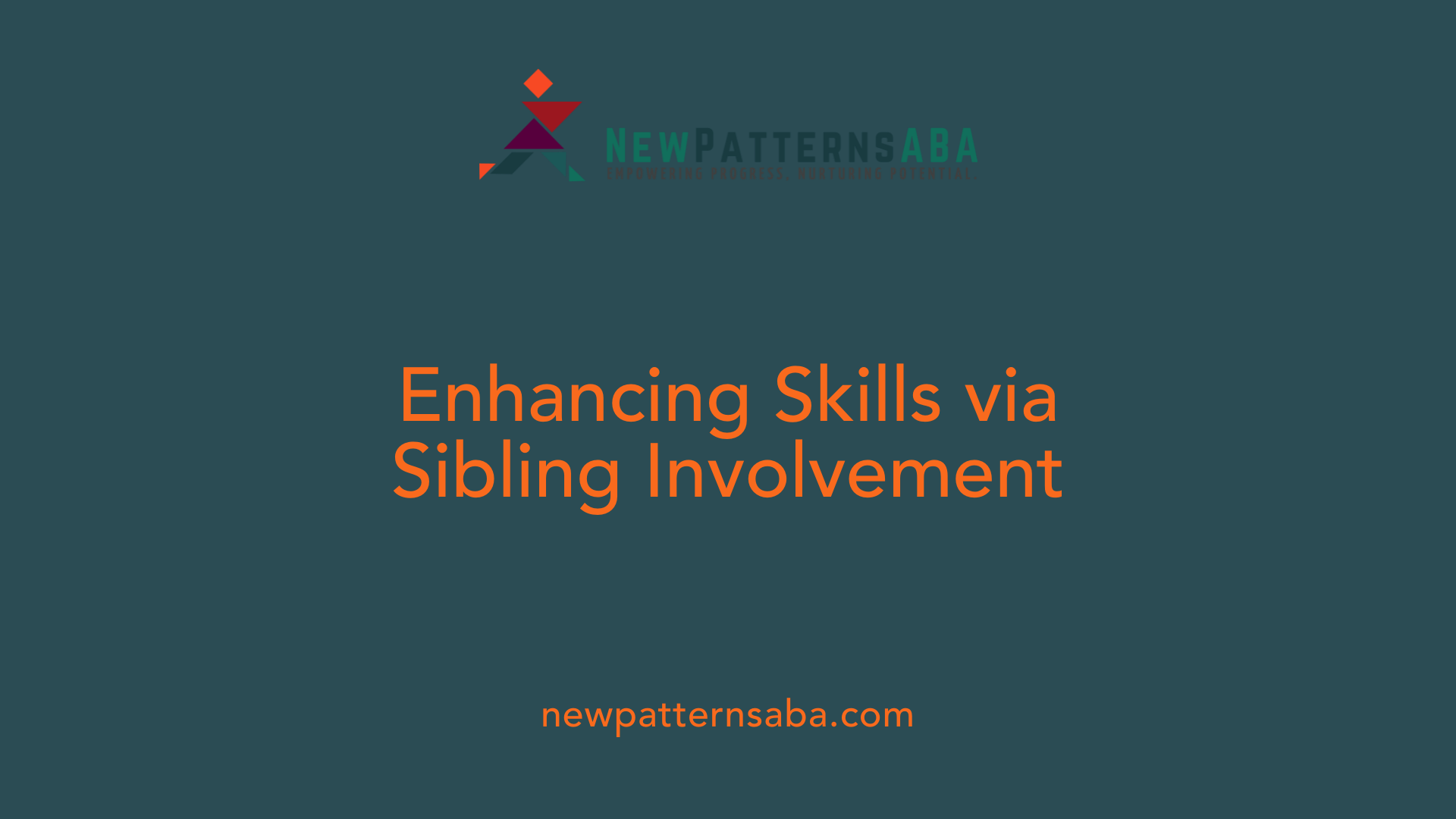
Research Findings on Sibling-Mediated Interventions
Sibling-mediated interventions have shown promising results in enhancing social-communication and play skills in children with Autism Spectrum Disorder (ASD). Studies such as those by Ferraioli et al. (2012) and Shivers & Plavnick (2014) report improvements not only in the children with ASD but also in their neurotypical siblings, who often experience increased confidence and reduced frustration. Meta-analyses further affirm that these interventions generally yield positive outcomes, including some evidence of skill generalization and maintenance, although more research is needed to determine the long-term effects.
Range of Ages Targeted
These intervention programs have embraced a wide age range of siblings—from preschool-aged children to adolescents. This broad inclusion allows for developmental tailoring of strategies and enhances opportunities for siblings to engage meaningfully, regardless of their stage of growth.
Methods Like Role-Playing and Video Modeling
Sibling-mediated interventions utilize diverse, evidence-based teaching methods to optimize learning and engagement. Didactic teaching provides clear instruction, while role-playing offers siblings hands-on practice of social scenarios. In vivo modeling helps siblings observe desired behaviors in natural settings, and video modeling serves as a visual aid to reinforce skills. These combined strategies support siblings in learning effective ways to interact, encourage cooperative play, joint attention, imitation, and self-help skills in children with ASD.
Overall, involving siblings as active participants in intervention represents a valuable and supportive approach, fostering stronger family bonds and improving outcomes for children with autism.
Practical Strategies to Support Siblings and Enhance Family Harmony
Celebrating Individuality
Each sibling has unique strengths and needs, so recognizing and celebrating their individuality is fundamental. This helps siblings feel valued and encourages their self-esteem, fostering a positive family atmosphere even amidst challenges.
Promoting Open Communication
Encouraging open dialogue within the family allows siblings to express their feelings, ask questions about autism, and share experiences. Using age-appropriate explanations and active listening promotes empathy and understanding between siblings.
Providing Resources and Fostering Inclusion
Involving siblings in autism education sessions and therapy activities helps them gain knowledge and feel included. Offering sibling-specific resources, such as books or support groups, creates opportunities for them to connect with peers facing similar situations. This inclusion strengthens family bonds and emotional wellbeing.
Reinforcing Consistent Boundaries and Routines
Applying ABA principles to maintain clear boundaries, routines, and expectations across the family promotes stability and harmony. Consistency helps siblings adjust better to the daily demands of living with a sibling with autism, reducing stress and behavioral issues.
These strategies work together to support siblings emotionally and practically, fostering empathy, resilience, and positive family dynamics.
Caregiver Training and Follow-Up: Sustaining Gains in Complex Families
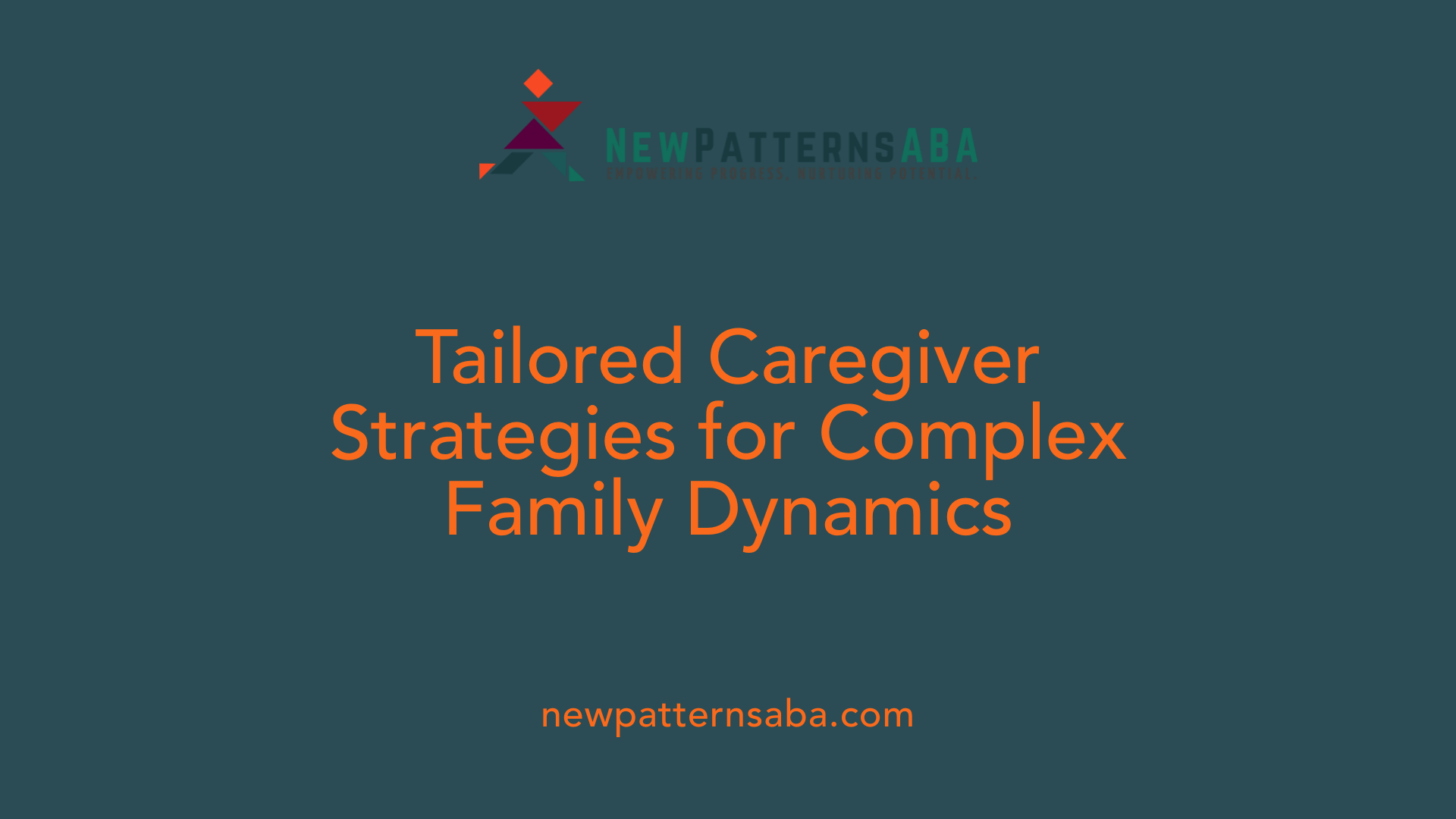
Options for Caregiver Training
Caregiver training in families with multiple children affected by ASD can be tailored to fit the unique demands of these complex settings. Training may be conducted either simultaneously for all caregivers involved or sequentially, based on the similarity of treatments and the caregivers' ability to manage multiple interventions. This flexibility helps balance treatment complexity with caregiver capacity, ensuring that training remains practical and implementable.
Importance of Follow-Up and Ongoing Support
Ongoing support is critical to preserving and enhancing treatment benefits, particularly in multiplex families where managing problem behaviors is more challenging. Regular follow-up sessions help caregivers troubleshoot difficulties, refine intervention strategies, and maintain consistency across settings. This support aids in addressing emerging issues and adapting interventions as children’s needs evolve.
Addressing Barriers Like Caregiver Availability
Effective treatment planning must consider real-world barriers such as limited caregiver time and the presence of other dependents. These factors can restrict the frequency and intensity of interventions. Tailoring treatment plans to caregiver availability and prioritizing feasible goals helps maintain engagement and promotes sustainable progress within the family context.
Cultural and Socioeconomic Considerations in Sibling Support and ABA Therapy
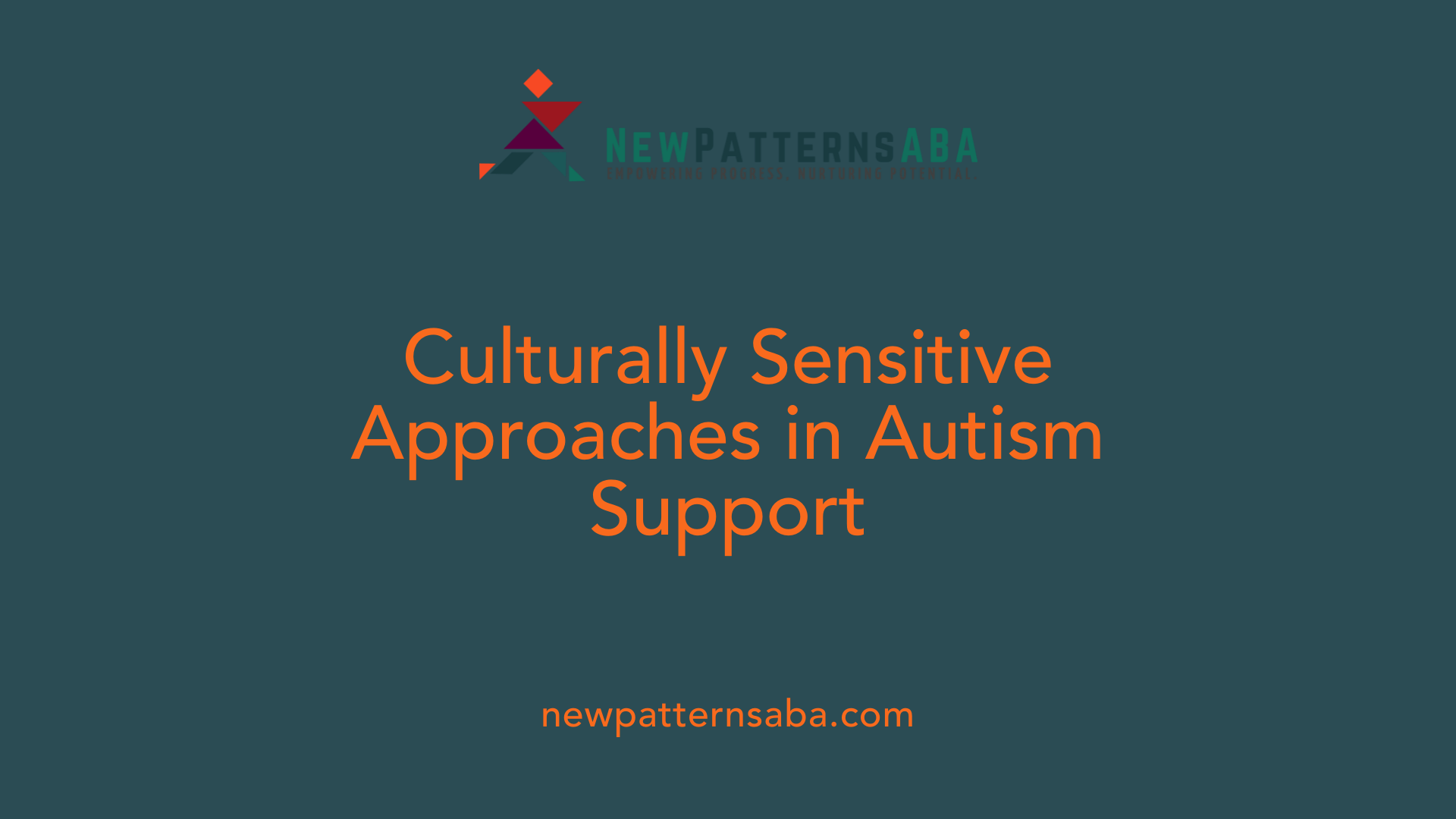
How do cultural, linguistic, and socioeconomic factors impact treatment?
Families come from diverse backgrounds, and their culture, language, and economic situation can significantly influence how autism treatments, including sibling support and ABA therapy, are received and implemented.
For example, communication styles, beliefs about disability, and family roles vary across cultures, which may affect engagement with therapy and sibling involvement. Linguistic differences can create barriers to understanding treatment instructions or participating in caregiver training fully.
Socioeconomic constraints such as caregiver availability, transportation, and access to resources can limit consistent participation in therapy or multiple treatment sessions, making individualized adaptation essential.
What role does provider competence and individualized planning play?
Professional providers must operate within their areas of expertise while recognizing the unique cultural and socioeconomic contexts of each family. Competent providers tailor interventions to respect cultural values and language needs, ensuring relevance and acceptance.
Individualized planning involves balancing treatment complexity with caregiver capacity, considering family schedules, sibling dynamics, and resource availability. Providers should collaborate closely with families to set realistic goals, such as focusing on reducing problematic behaviors and enhancing positive sibling interactions.
How can outcomes be optimized in diverse families?
Optimizing outcomes requires flexible, culturally sensitive approaches. Incorporating family strengths, promoting open communication about autism differences, and involving siblings through culturally appropriate methods can strengthen engagement.
Utilizing accessible educational materials, employing interpreters when needed, and ensuring support extends beyond therapy sessions—like through ongoing caregiver training and follow-up—further enhance effectiveness.
These strategies help maintain treatment gains over time and foster harmony within families facing complex challenges due to having multiple children with ASD.
| Factor | Considerations | Impact on Treatment |
|---|---|---|
| Culture | Beliefs, values, communication styles | Influences engagement, sibling roles, and therapy acceptance |
| Language | Proficiency, need for interpreters | Affects understanding and participation in training |
| Socioeconomic Status | Caregiver time, resources, transportation | Limits or enables therapy attendance and multiple treatment sessions |
| Provider Competence | Expertise in cultural/linguistic adaptation | Ensures individualized, respectful, and effective planning |
| Treatment Planning | Tailored goals, realistic expectations | Balances complexity with family capacity and support |
Fostering Strength and Empathy for the Whole Family
Supporting siblings of children with autism requires a comprehensive approach that blends evidence-based therapies like ABA with practical, individualized strategies. By involving siblings in therapy and offering tailored support, families can reduce misunderstandings, ease emotional burdens, and strengthen relationships. Caregiver empowerment, culturally sensitive practices, and ongoing professional guidance further ensure that positive changes endure. Ultimately, nurturing siblings not only benefits their own development but also enhances the family dynamic, creating an environment where every member thrives.






